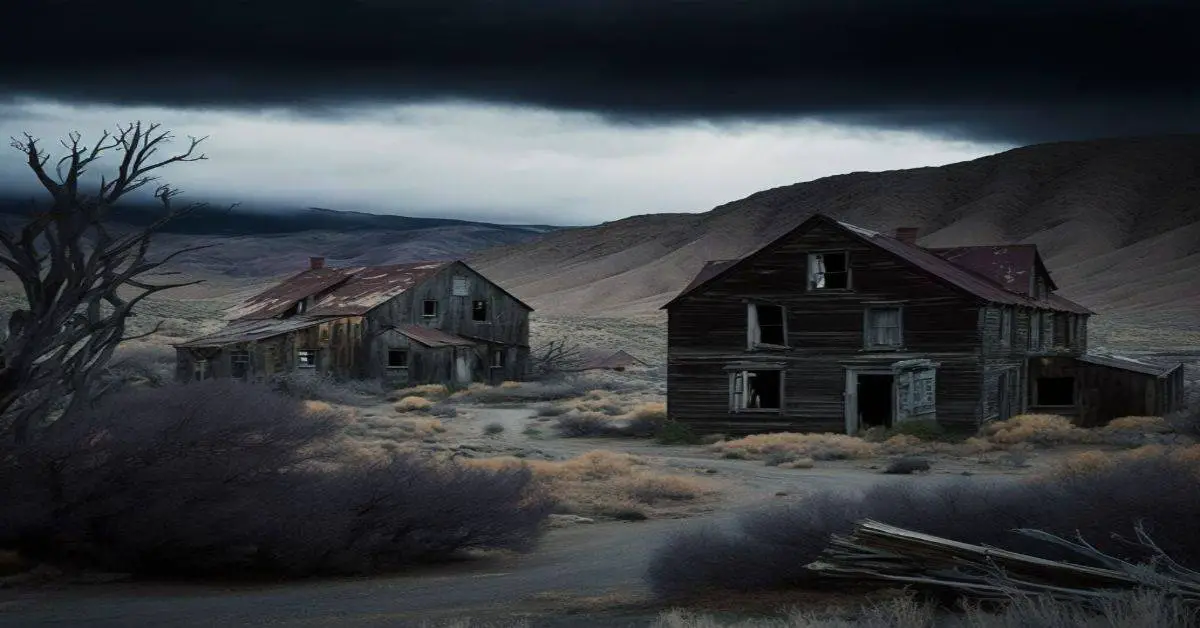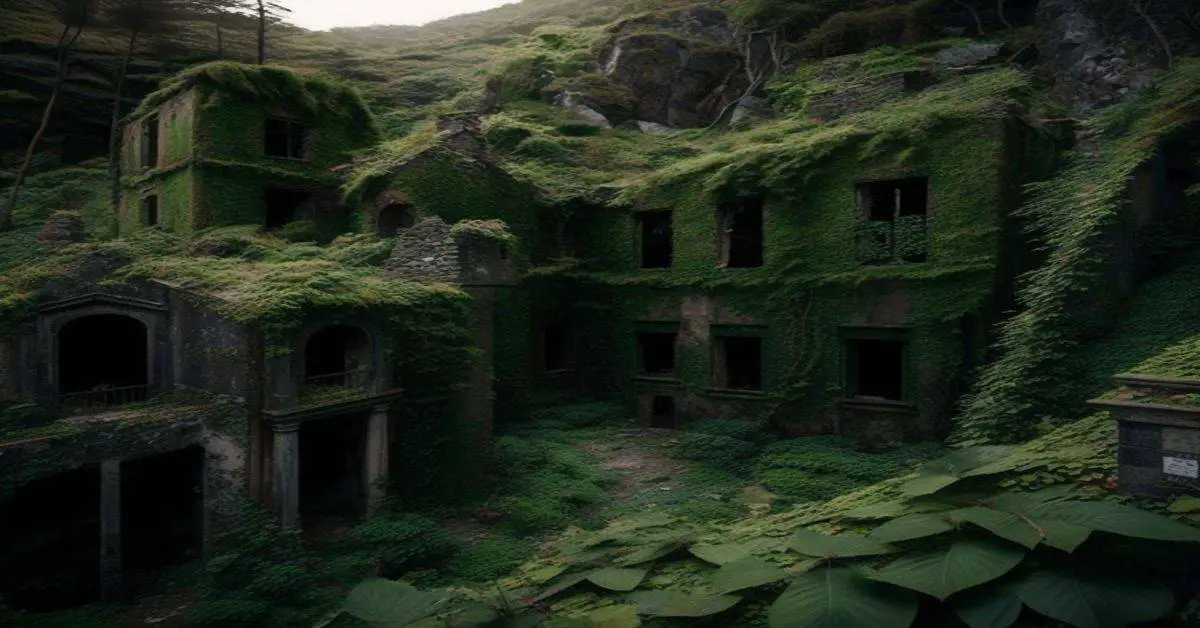Nevada City, a ghost town located in Madison County, Montana, offers a unique opportunity for visitors to experience the Wild West in its heyday. Built in the 1860s, the town boasts several well-preserved buildings and equipment that have been featured in numerous western movies. With a low humidity climate and easily accessible roads, Nevada City is a popular tourist destination, attracting visitors from all over the world.
Aside from its rich history and well-preserved buildings, Nevada City offers a variety of activities and attractions. Visitors can pan for gold and garnets in nearby Alder, or take a short drive down the road to Virginia City, which offers additional attractions. The town’s two-story outhouse behind the hotel is also a unique feature that adds to its charm.
Despite having only six residents, Nevada City is a must-see for anyone looking into the old west. This article will provide an overview of the location and history of Nevada City and the activities and attractions available for visitors. Additionally, it will discuss the accessibility of the town and provide helpful tips for planning a successful trip.
Key Takeaways
- Nevada City offers a unique opportunity to experience the Wild West in its heyday, with well-preserved buildings and equipment featured in numerous western movies.
- The town’s historical significance is undeniable and a testament to the importance of preserving our cultural heritage for future generations.
- Visitors can pan for gold and garnets in nearby Alder, take guided tours of the town and nearby Virginia City, and enjoy a blend of history, entertainment, and outdoor activities.
- With its low humidity climate and easily accessible roads, Nevada City is a popular tourist destination attracting visitors from all over the world.
Location and History
Located in Madison County, Nevada City was built in the 1860s and is a testament to the historical significance of the Old West.
The town’s intact buildings and equipment have been well-preserved over the years, making it a popular filming location for westerns and a fascinating destination for those seeking to discover the history of this era.
As a result, the town has become a valuable cultural resource, providing a glimpse into the past and showcasing the ingenuity and resourcefulness of the people who inhabited the area.
The preservation efforts in Nevada City are commendable, as they have ensured that the town’s unique character and historical significance are maintained.
Despite being a ghost town, Nevada City continues to attract visitors worldwide, who come to experience the Old West through its well-preserved buildings and equipment.
The town’s historical significance is undeniable and a testament to the importance of preserving our cultural heritage for future generations.
Activities and Attractions
One popular activity at this historical site is the opportunity to pan for gold and garnets in the nearby town of Alder. Alder is known for its abundant gold and garnet deposits, making it a popular destination for those looking to try their hand at gold panning. Visitors can rent equipment, receive instruction on panning for gold and garnets, and may even be lucky enough to find some valuable gems or nuggets.
In addition to gold panning, Nevada City is a popular destination for movie buffs. The town has been used as a filming location for numerous western movies, including the Sacketts and White Buffalo. Visitors can explore the old buildings and imagine themselves in a western film, or even participate in guided tours that highlight the town’s role in the film industry.
Overall, Nevada City offers a unique blend of history, entertainment, and outdoor activities, making it a must-visit Montana destination.
Visiting and Accessibility
Accessing Nevada City is possible by taking I-15 north, exiting at Dillon, and following Hwy. # 41 to Hwy. 287, providing visitors with a scenic drive through the Montana countryside.
Once visitors arrive at the ghost town, several parking options are available. A large parking lot is located near the entrance, and additional parking is available along the town’s streets. It is important to note that the streets are narrow and can be difficult to navigate, so visitors should take care when parking their vehicles.
For those who prefer a guided experience, there are several options available. The Nevada City Museum offers guided tours of the town, giving visitors a deeper understanding of its history and significance. Additionally, several local tour companies offer guided tours of Nevada City and nearby Virginia City, allowing visitors to fully immerse themselves in the Old West experience.
Overall, visitors will find that accessing and exploring Nevada City is a relatively straightforward and enjoyable experience.
Frequently Asked Questions
What is the current population of Nevada City?
The current population of Nevada City is unknown, but historical records indicate it was a bustling town in the 1860s. Despite its small current population, the town’s historical significance attracts visitors for gold panning and exploring its many intact buildings.
What is the most famous western filmed in Nevada City?
Nevada City, a Montana Ghost Town, is known for its film locations of famous Westerns. While dozens of buildings and equipment remain intact, the most notable film shot in the town is the 1977 movie “The White Buffalo.”
Are there any ghost sightings reported in Nevada City?
There is no evidence of paranormal encounters or a haunted history in Nevada City. While the ghost town has a rich history and was used in western films, there are no reported ghost sightings or supernatural occurrences.
Is there any camping available near Nevada City?
Camping options are available near Nevada City, with several nearby attractions such as Alder and Virginia City. However, the background information does not provide specific information on campgrounds and amenities.
Are there any guided tours available in Nevada City?
Guided tours of Nevada City are available, giving visitors a unique opportunity to explore the town’s historical significance. These tours offer a factual and analytical perspective of the town’s past, without personal pronouns or emotional language, making them an objective experience.


